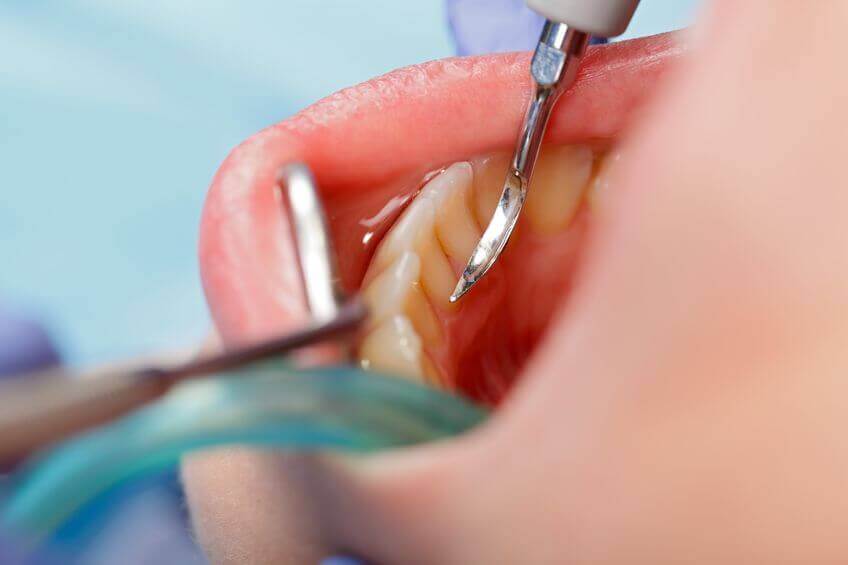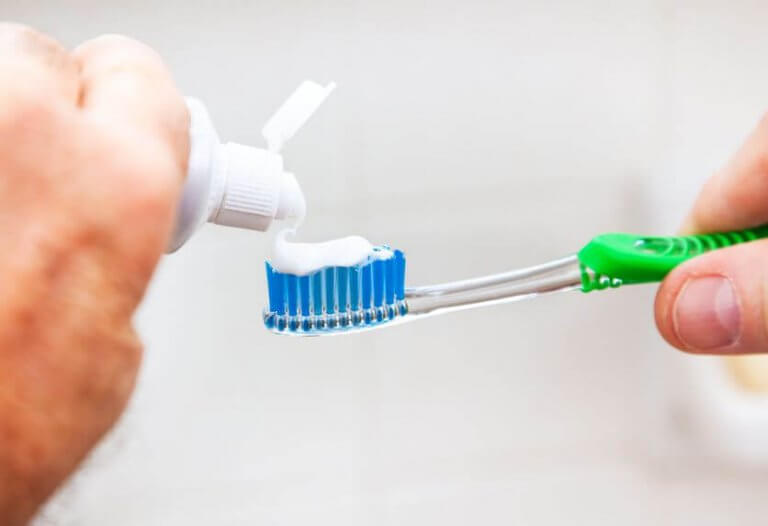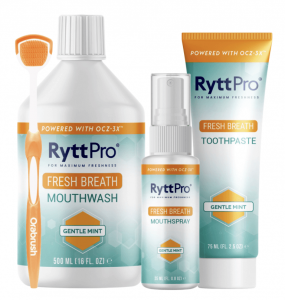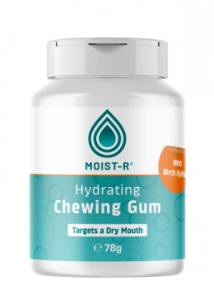Author: Lizzie Smith – blog last updated on Thursday 11th May 2o23
Do you suffer from dental plaque and want to stop it from forming? Great decision because dental plaque can have severe consequences for both your teeth and gums. It also discolours your teeth, something none of us wants
In this article, we’ll examine why you need to remove your dental plaque and how to do it as effectively as possible.
What is dental plaque?
Dental plaque, also called plaque or dental plaque, is a thin and almost invisible layer that sticks to teeth and molars. Dental plaque consists of food residues, saliva and bacteria. You should remove this sticky layer from your teeth daily; otherwise, it hardens into tartar. Whilst dental plaque can be easily brushed away, the tartar that’s been hardened by minerals such as calcium and phosphate cannot. Tartar is also visible on the teeth as a yellow or brownish coating.

Another problem
Another problem with tartar is that it’s porous, so when it deposits on your tooth enamel, it becomes rougher. This means bacteria can quickly accumulate, resulting in more plaque and even more tartar.
Tartar will then grow not only on the tooth enamel but also under the gums (sub-gingival tartar). When plaque accumulates here, it can easily lead to gum irritation and inflammation. Not all bacteria in your mouth harm your teeth, but some do—especially the anaerobic bacteria, such as the various types of streptococci, which constantly threaten oral health. As a result, the gums recede and pockets form, where even more plaque can accumulate. A dentist or dental professional should treat pockets and exposed tooth necks to prevent them from worsening. Plaque can easily stick between your teeth and gums, so it’s an area that needs close attention. Gums should fit tightly to the teeth and be pink in colour. Any sensitivity, swelling or bleeding here can indicate that your gums are inflamed.
If inflamed gums aren’t treated, it can lead to periodontal disease. If this happens, the dentin is also affected, which can eventually cause the teeth to become loose and fall out, which is all the more reason to remove dental plaque and prevent tartar properly.

The importance of having sufficient saliva in your mouth
Xerostomia, or dry mouth, can harm your oral health. This is because saliva is the teeth’s natural protection, and if there’s a deficiency, less plaque can be washed away.
The harmful anaerobic bacteria in your oral cavity thrive in a saliva and oxygen-poor environment and can proliferate. A dry mouth can also cause other problems, such as gum and fungal infections, as well as an increase in dental plaque, tartar and caries (cavities).
10 top tips to remove dental plaque
Tip 1: Brush your teeth properly. Brushing your teeth properly forms the basics of oral hygiene. The primary purpose of brushing your teeth is to remove plaque, so it stands to reason this is our first tip to prevent tartar building up. Electric and sonic toothbrushes are slightly better at removing plaque than manual toothbrushes. But if you prefer to use a manual toothbrush and brush carefully, that’s fine too.
Tip 2: Use a good-quality toothpaste. By this, we mean a toothpaste without acidifying, drying or aggressive ingredients. An effective and safe alternative is RyttPro Toothpaste Magic Mint. The powerful but safe formula OZ-3X removes dental plaque without disturbing the natural balance of your oral flora.

Tip 3: Clean the interdental spaces daily. The interdental spaces are the spots between your teeth where dental plaque can build up because your toothbrush can’t reach them. Keep these areas clean with dental floss, toothpicks and/or interdental brushes. Don’t forget the back of your back molars too.
Tip 4: After brushing and flossing, rinse your mouth with mouthwash. A mouthwash rinses away the last remnants of dental plaque. Like toothpaste, the ingredients must not only be safe but also mouth-friendly. RyttPro Oral Rinse with the powerful formula XCS-11 is an excellent choice.
Tip 5: Now and again, check your teeth with a plaque detector after brushing. A plaque indicator colours the plaque still on your teeth as pink or blue, so you can see where you need to brush better. Many plaque detectors can even distinguish between old and new dental plaque using two different colours.
Tip 6: Limit the number of times you eat in a day. Dental plaque consists not only of bacteria but also of food residues that they love to feast on. So by not snacking throughout the day, you’re not feeding the bacteria unnecessarily. It also helps to rinse your mouth with water after a meal. This removes food residues and rinses away plaque before it can build up. It’s also advisable to rinse your mouth with water after drinking a sweet drink.
Tip 7: Chew xylitol gum regularly throughout the day. Dental chewing gum removes plaque and moisturises your mouth at the same time. Moist-R Hydrating Chewing gum is a healthy organic chewing gum that protects your teeth and cares for your gums. If you dislike chewing gum, you can use the Moist-R Xylitol tablets for Dry Mouth.
Tip 8: Pay attention to symptoms of dry mouth. If you suffer from dry mouth, you can compensate for it by using Moist-R Moisturizing Mouthspray and the chewing gum or tablets mentioned in tip 7.

Tip 9: Remove starting supra-gingival (visible) tartar. You can do this with the soft Moist-R Whitening Sponge, whose nano-capillary tubes can clean your teeth at a deeper level. Or with the Profi dental hook, a set of 2 dental hooks and a mouth mirror.
Tip 10: Have sub-gingival tartar removed regularly by a dental professional. To remove tartar under the gums, you must have your teeth professionally cleaned by a dentist or dental hygienist. Regular monitoring will prevent severe inflammation and higher treatment costs in the future.
If your teeth are entirely free of tartar, follow all the steps to remove plaque and prevent new tartar from forming. However, severe cases of tartar, especially sub-gingival tartar, should be treated by a dentist or dental hygienist.
Sources
British Dental Association: Myth busters on brushing your teeth
British Dental Journal: Dental calculus – oral health, forensic studies and archaeology: a review

